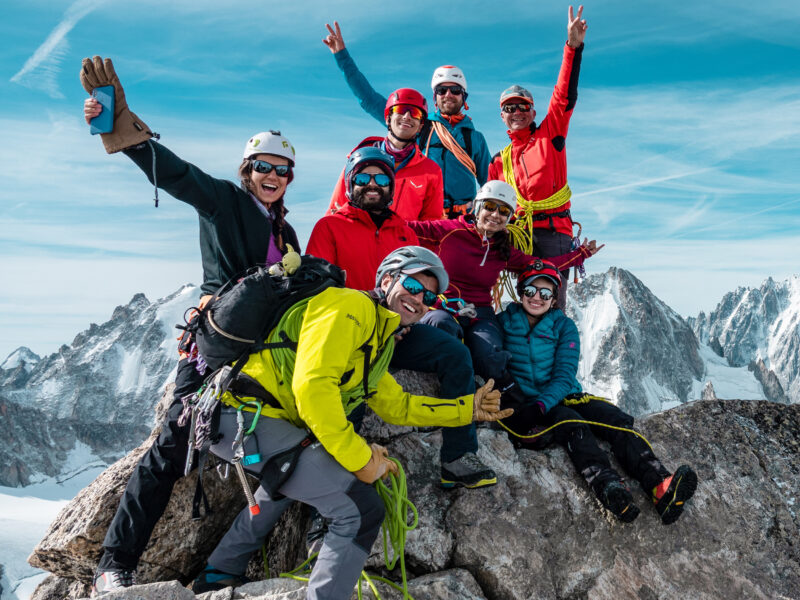BY Rami Rasamny | May 04 2025
Competing Interests: The Deadly Reality of Himalayan Climbing
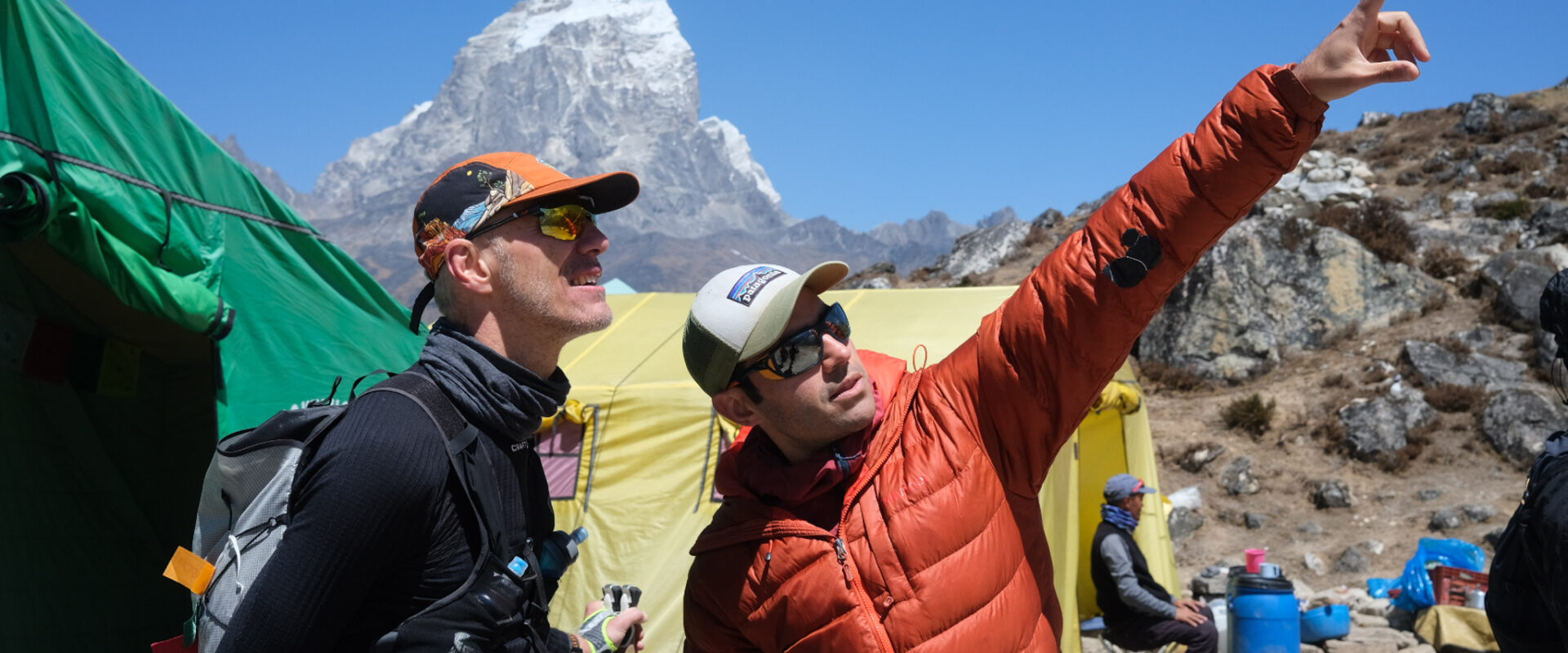
In the high Himalayas, danger does not always come from crevasses or avalanches. Sometimes, it comes from quiet conversations, unspoken pressure, and the deeply entrenched financial structures that shape decision making on the mountain.
This past season on Ama Dablam, we faced one of the clearest examples of how competing interests between safety, ambition, and economics can turn a difficult climb into something deadly.
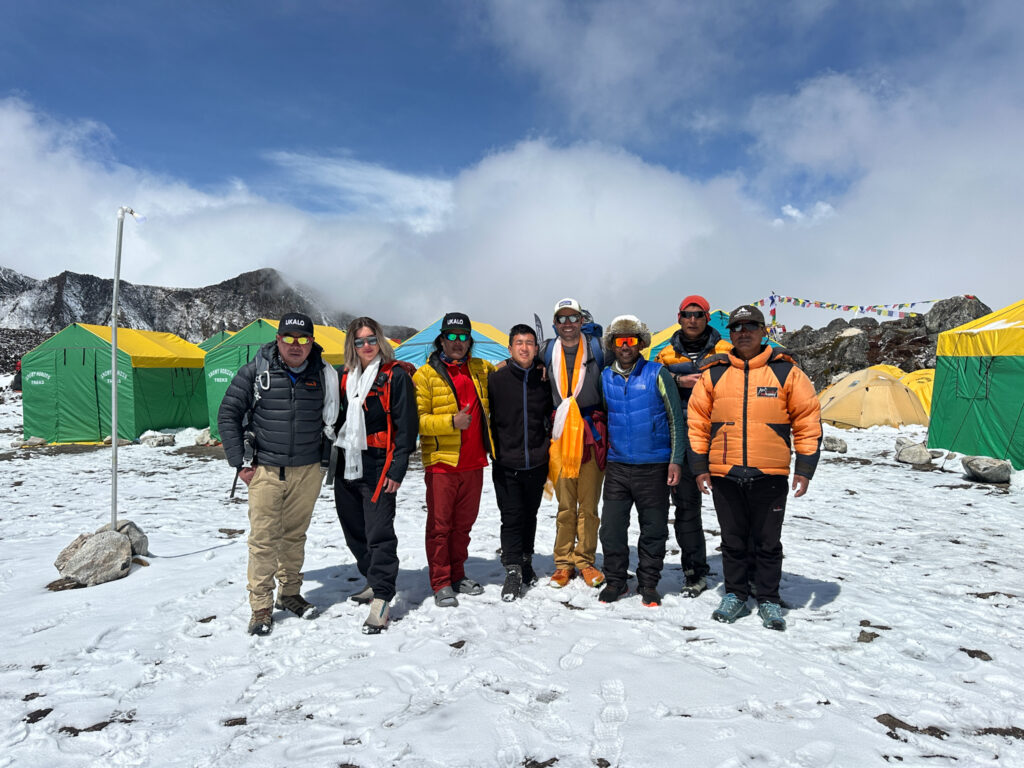
Our team at Life Happens Outdoors had begun the long trek in, but I flew ahead to Base Camp, as is our practice. I was there to serve as expedition coordinator, the international point of contact who works alongside our Nepali guides. From the moment I arrived, something felt wrong.
Reports were swirling. The fixed ropes above Camp 2 were buried under ice, rendering progress to Camp 3 extremely dangerous. An experienced Austrian mountaineer, Martin Hornegger, had just returned from a failed push. Soon after, he was dead, having slipped and fallen from high on the mountain. That was followed by six helicopter evacuations, including one climber in critical condition whose fate remains unknown at the time of writing.
Tension hung in the air at Base Camp. But what struck me was not just the poor conditions. It was the disconnect. Many of the climbers were clearly uneasy. But several local teams seemed undeterred. The atmosphere was divided, with cautious worry on one side and forced optimism on the other.
As word got around that I had managed four expeditions on Ama Dablam, three of them successful, people began seeking me out. My mess tent quickly became a de facto advisory station. Climbers I did not know began asking for my take on weather, gear, the condition of the route, and whether they should even try to summit.
That is when I realized there was not just a lack of communication. There was a lack of trust. Information was scattered. Some of it was lost in translation. But much of it was being withheld, shaped by deeper pressures.
And that is when it became clear. We were dealing with competing interests.
On one side were clients, many of whom were risk aware and simply wanted an honest attempt if conditions allowed. On the other side were local guides, who often receive only partial pay unless the summit is reached. The summit bonus is a long standing norm in Nepal, an extra payment awarded upon successful summit. For many guides, it is the difference between surviving the season or not.
At Life Happens Outdoors, we have made it our policy to pay the summit bonus regardless of whether the peak is reached, believing that safety should never be negotiated. But we are the exception, and a single company’s ethics do not change the culture of an entire industry.
That culture hit me in the face the night we reached Camp 2. Lightning flashed across the sky, winds howled, and snow blanketed the mountain. It was objectively unsafe. I walked over to the tent of our guides and told them, firmly, “We are not going any higher.”
To my surprise, they pushed back. “Are you sure we should not at least try?” one asked. There was no ambiguity. The mountain was in storm, visibility was gone, and the rope lines were unreliable. No rational climber would think this was a good idea.
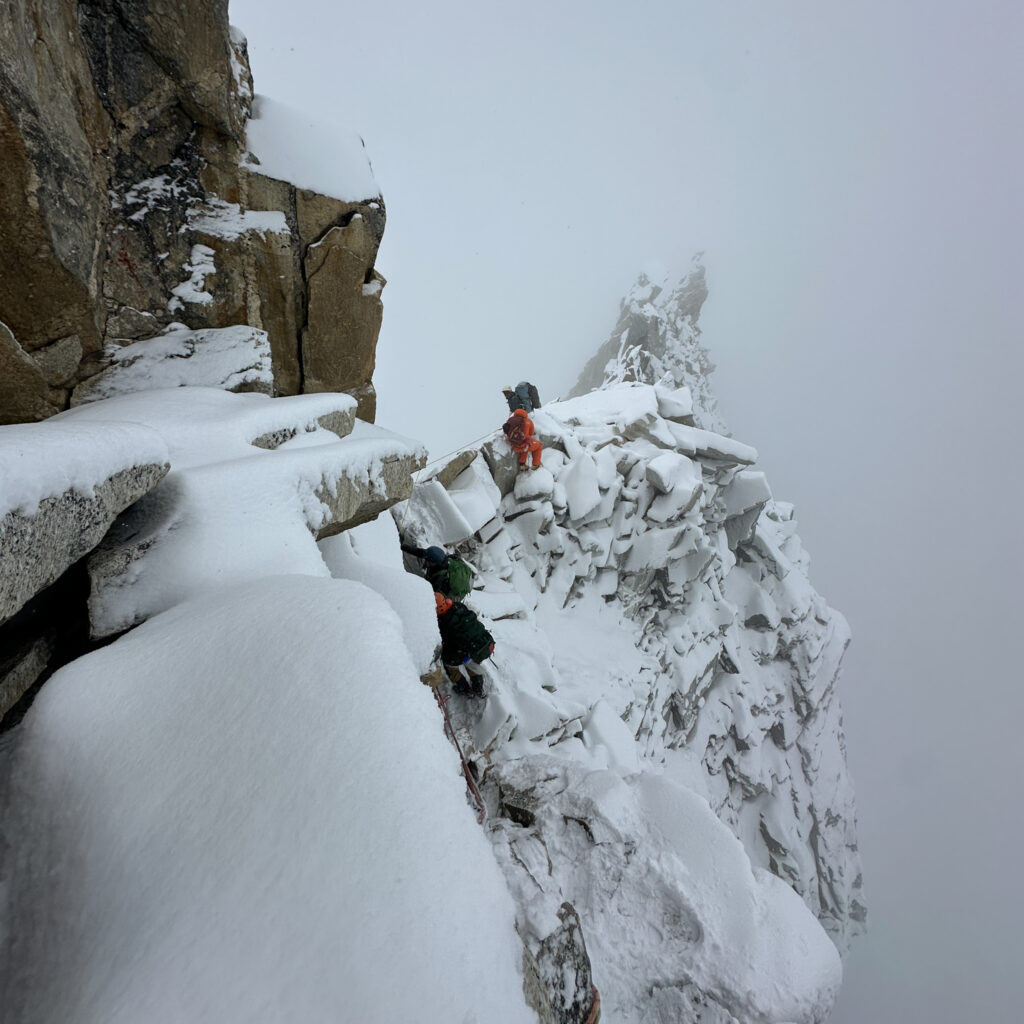
So I pressed harder. And then came the real concern:
“What about the summit bonus?”
It was a quiet but powerful question. Not asked with malice, but with worry. I looked him in the eye and said, “I will take care of you. But we are going down.”
That was the moment it crystallized for me. As long as financial incentives are tied to summit success, there will always be pressure to push beyond reason.
The following day, in even worse conditions, I encountered a friend heading up with another team. He had less experience than anyone I had spoken to at Base Camp. The situation had become absurd, but also inevitable, given the economic structure in place.
This is not sustainable.
Guides need to be paid fairly for their time, effort, and risk, not just their summit success. Climbers need to be given transparent information and not feel manipulated into unsafe attempts. And expedition operators, foreign and domestic, need to stop using summit bonuses as leverage, or worse, as a form of coercion.
Because in the end, this is not just about a mountain. It is about trust. It is about lives. And it is about the unspoken system that continues to push people higher, even when everything around them is screaming to turn back.
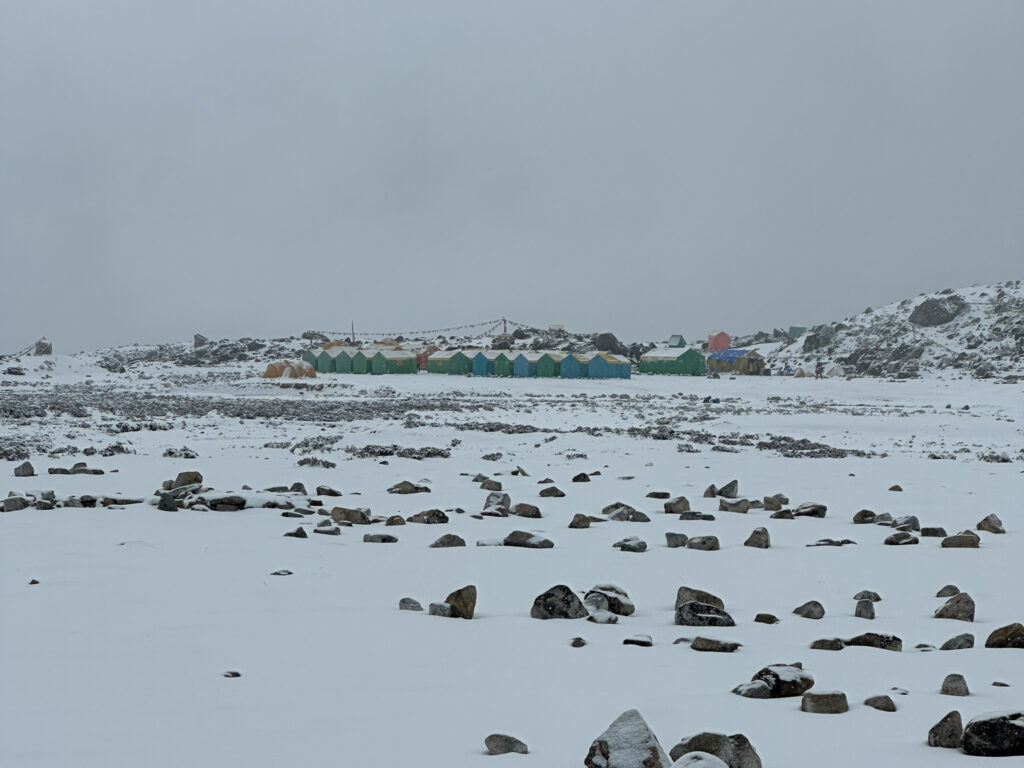
About the Author
Rami Rasamny is the founder of Life Happens Outdoors, an adventure travel company committed to making the outdoors accessible, inclusive, and transformative. A mountaineer, ultra runner, and storyteller, Rami has led and coordinated dozens of expeditions around the world, including multiple successful ascents of Ama Dablam. He is passionate about building a climbing culture that prioritizes safety, integrity, and purpose over summit statistics.
About The Author
Rami Rasamny is the founder of Life Happens Outdoors, a premium adventure travel community dedicated to transforming lives through curated outdoor experiences. A mountaineer and entrepreneur, Rami has led teams on some of the world’s most challenging peaks, from the Alps to the Himalayas. His mission is to make adventure accessible, transformative, and safe for all who seek to push their limits and Come Back Different.
About Life Happens Outdoors
At Life Happens Outdoors, we believe in the power of nature to transform lives. As proud members of the Adventure Travel Trade Association (ATTA) and the World Travel & Tourism Council (WTTC), our team of certified guides and outdoor professionals is committed to the highest standards of safety, sustainability, and excellence.
Discover more about our story and mission on our Meet LHO page, or explore our curated adventures such as the Tour du Mont Blanc Trek, the Climb of Kilimanjaro, and Chasing the Northern Lights.













